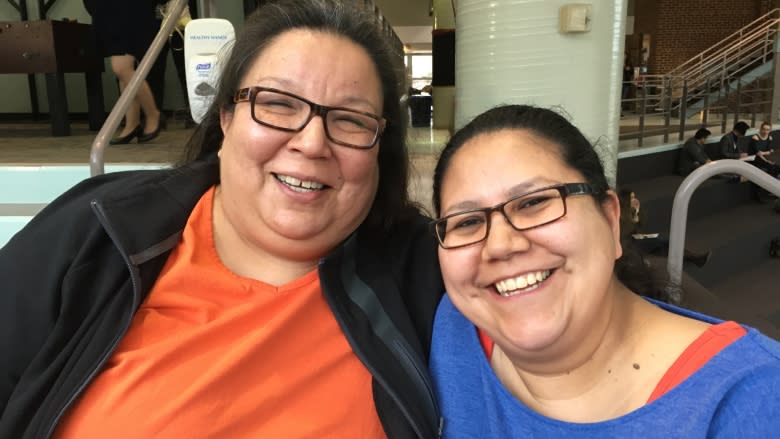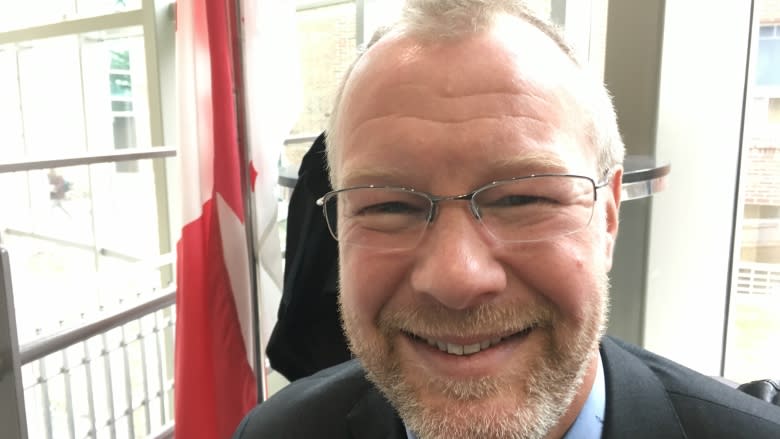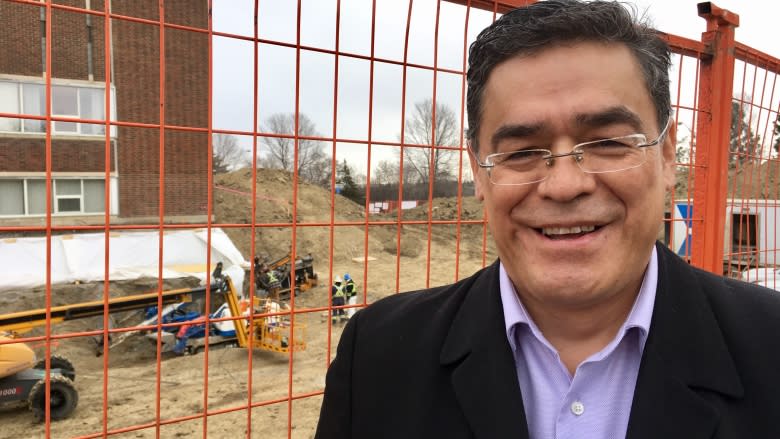Concordia University makes Indigenous students feel more welcome
Bachelor of arts student Dallas Cardinal felt intimidated when she first stepped on campus at Concordia University of Edmonton.
"It took my quite some time … to actually connect with other Indigenous students because I didn't see them," said Cardinal.
Three years later, she's helping the university implement a new Indigenous strategy which includes the launch of a new Indigenous student council.
"The aim is to acknowledge that there's an Indigenous study body here," Cardinal said. "That we're here to support one another and to not shy away from who we are."
The council is one of many ways the university is making Indigenous students feel more at home. The plan includes hiring a director to implement the strategy, Indigenous representation on student council, an elder-in-residence program, a dedicated Indigenous space, as well as daycare and housing.
The university, located at 7128 Ada Blvd., will also establish a Cree language program and introduce Indigenous knowledge into a variety of courses.
"One thing that I really want to achieve here is a meaningful and rich Indigenous element to Concordia that is infused throughout our programming and throughout our institution," said Concordia president Tim Loreman.
He said the aim is to create touch points so all Concordia students can have some engagement with Indigenous knowledge, history, culture and spirituality.
'Destination for Indigenous learners'
And with just five per cent of Concordia's students identifying as Indigenous, a number on par with other local post-secondary institutions, the strategy aims to expand that to 12 per cent by 2021.
"My hope is that ultimately Concordia becomes a destination for Indigenous learners," Loreman said.
The plan drew on six months of consultations and talking circles with more than 100 Indigenous students, elders, business leader, and other cultural groups led by Indigenous strategy advisers Lewis Cardinal and Faron Cahoon.
Cardinal said the strategy is in line with the United Nations Declaration on the Rights of Indigenous Peoples and recommendations of the Truth and Reconciliation Commission.
That's something that pleases Maxine Courtoreille-Paul, a third-year psychology major who is also on the interim student council getting ready for elections next month.
"There's a gap here between knowledge of the history of Indigenous people and the non-Indigenous," said Courtoreille-Paul, who also praised the approach for creating a sense of community. "Having a sense of community gives you a sense of belonging."
'Indigenous world view'
On Friday, Lewis Cardinal helped pick out furniture for the university's new Indigenous Centre. The Indigenous space will incorporate natural elements with glass walls that look out into the river valley, a smudging space, and Indigenous art, as well as flat screen TVs, comfortable chairs, desks and computers.
"So it's a space that will encapsulate that Indigenous world view," he said.
The space will have a prominent place in the facility's new Centre for Science Research and Innovation, which is funded by a $6.55 million federal infrastructure grant. In December, the university broke ground on the centre. It is expected to be completed in 2018.
Cardinal said while other local post-secondary institutions have made efforts to be more inclusive to their Indigenous student populations, he's never seen such a "wholesale, multi-level approach."
"There is a sincere response to this Indigenous strategy by all levels of the university," said Cardinal, noting the steady stream of offers to help from faculty and staff. "They are very committed to making this happen."
@andreahuncar andrea.huncar@cbc.ca



